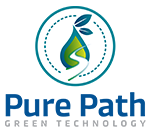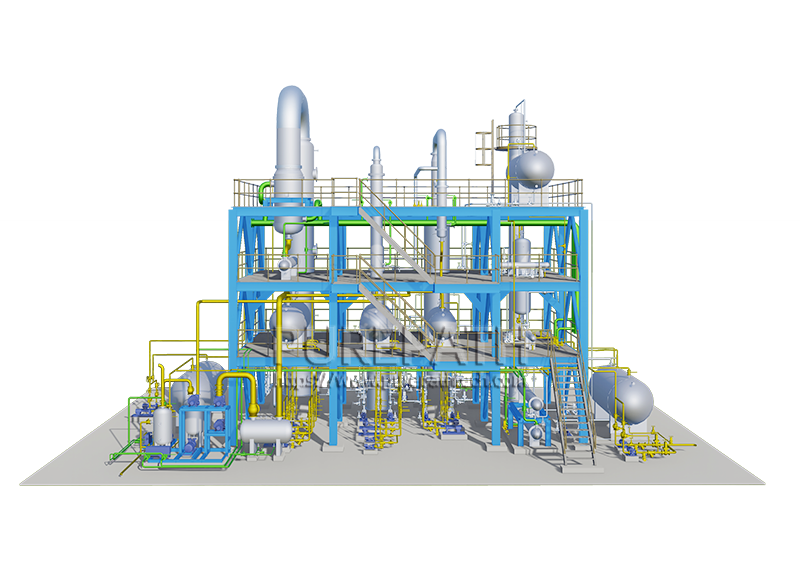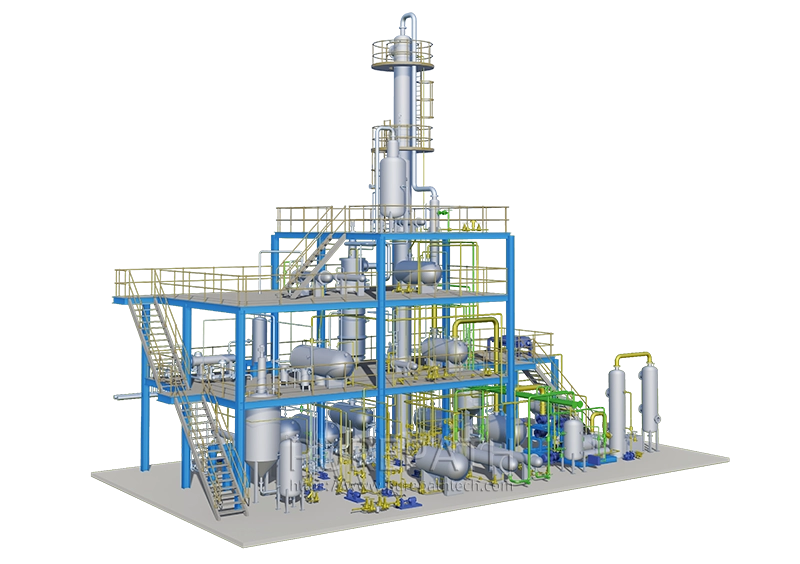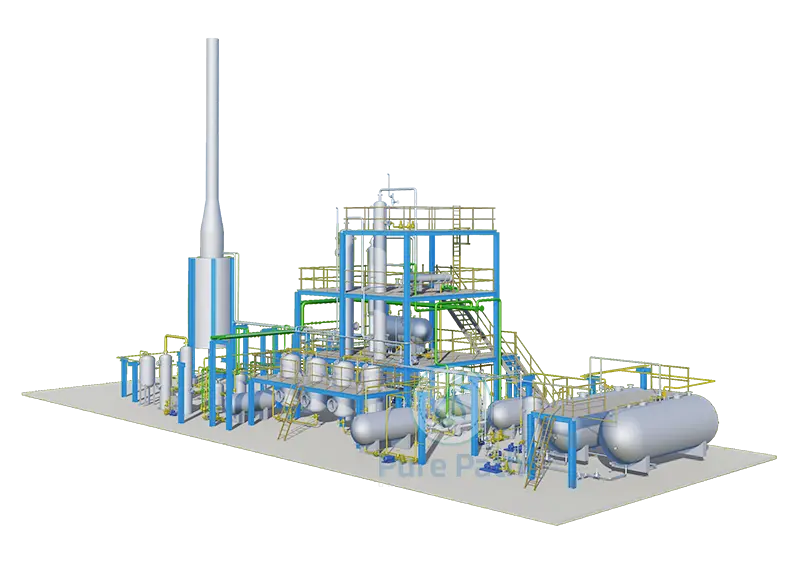Base Oil Dewaxing: What Is It and How to Do It?
Lubricants consist of base oils, which usually take around 70% to 95% of the product finish. These base oils determine how well the lubricant performs, its stability, and how long it will last. An important function of the manufacturing base oils process is the base oil dewaxing, which adds finesse to the product. Also, base oils dewaxing is vital for modern machinery and engines because of the performance standards. This article is an exploration of the dewaxing process, showing the “why” and the “how” and linking the base oil quality to the industry classifications.
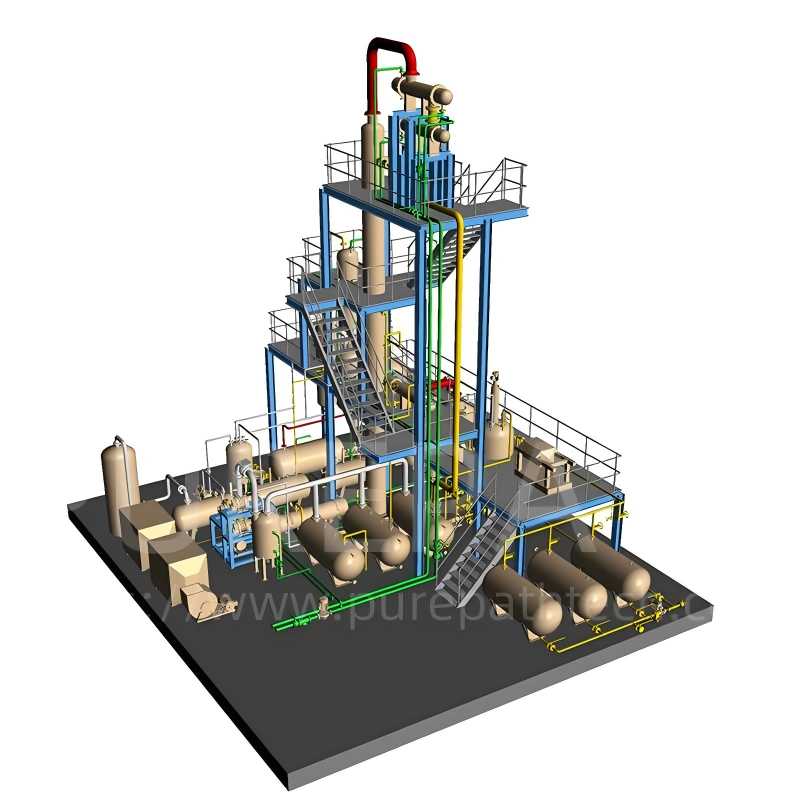
Part 1: The Fundamentals of Dewaxing Base Oil
1. What is Base Oil Dewaxing?
Base oil dewaxing is a part of oil refining where components of a lubricant are separated and transformed into paraffins. Of the waxy hydrocarbons, N-paraffins. Their presence lowers the temperature at which the oil is likely to depart a liquid state, causing thickening and sometimes even solidifying. The feedstock for this process is usually a vacuum gas oil or deasphalted oil, which undergoes waxy oil dewaxing within the oil refining process, and the oil has been through processes such as solvent extraction plant dewaxes to foreign waxed oils with sheets of aromatic oils.
2. Why is Dewaxing Necessary?
Without dewaxing, the oil would thicken with increased confidence, and the mobility would be impeded, even freezing at some points. The ability to minimize the temperature at which an oil can solidify, as the lowest oil fluidity temperature within a set of regulations, is important for an oil. The removal of the wax is the most important step in the process because it:
A high pour point score is counterproductive within the oil and gas industry as follows:
- Pumpability issues: The viscosity causes the oil to no longer circulate, which, during a “dry start,” is problematic.
- Lubrication failure: The oil filters on the important components of the engine restrict the flow due to the engine.
Therefore, removal of the wax is the step in the process that most consider to be the most important part.
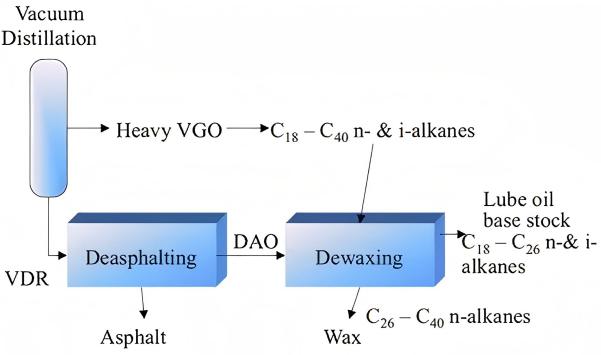
Part 2: Principal Base Oil Dewaxing Technologies
The two main industrial processes for dewaxing are solvent dewaxing and catalytic (hydro) dewaxing.
1. Solvent Dewaxing
Solvent dewaxing is one of the most traditional and widely used methods. It relies on dissolving wax in a solvent mixture and separating it by cooling and filtration.
Common solvent systems
Typical solvent systems include methyl ethyl ketone (MEK) and toluene, or MEK–methyl isobutyl ketone (MIBK) blends. The solvent dissolves the oil but causes the waxes to crystallize at low temperatures.
Process flow overview
- The base oil feed is mixed with a solvent.
- The mixture is chilled gradually to precipitate wax crystals.
- Wax is separated by filtration or centrifugation.
- Solvent is recovered and recycled.
Advantages
– Produces high-purity wax as a by-product.
– Relatively simple and well established.
– Flexible for Group 1 and Group 2 base oils.
Disadvantages
– High energy consumption for cooling and solvent recovery.
– Large equipment foot print.
– Limited improvement in viscosity index compared with catalytic methods.
2. Catalytic Dewaxing (Hydrodewaxing)
Catalytic or Hydrodewaxing is an advanced process developed to overcome limitations of solvent methods. It involves selective hydrocracking and isomerization of wax molecules over a catalyst under hydrogen atmosphere.
Main reaction types
- Isomerization: Adds branched chains to linear paraffins and retains oil viscosity.
- Hydrocracking: Decomposes long chains into fluid chains.
Typical catalysts
Catalysts are generally composed of zeolites (ZSM-5, SAPO-11, ZSM-22) associated with Ni, Co, or Pt through the addition of metal catalysts to promote hydrogenation.
Advantages
– Produces Group 3 base oils with Viscosity Index and oxidation stability.
– No solvents, cooling systems or other auxiliary equipment are required.
– High yields of low pour point oil.
Disadvantages
– Higher capital costs and more complex operation.
– Cost of catalyst deactivation and replacement.
– Requires hydrotreating units and hydrogen supply.
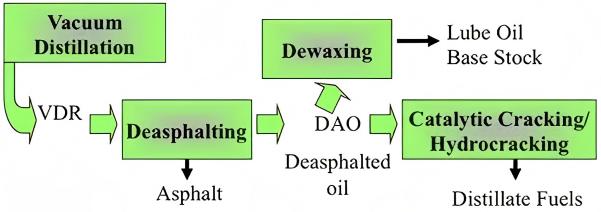
Part 3: Impact of Dewaxing and Base Oil Dewaxing Type
The impact of base oil dewaxing techniques on the dewaxing method base oil quality is important for API classification groups and therefore base oil quality.
| Base Oil Group | Typical Dewaxing Method(s) | Sulfur (%) | Saturates (%) | Viscosity Index (VI) | Characteristics |
| Group 1 | Solvent Dewaxing | >0.03 | <90 | 80 to 120 | Traditional oils, lower performance, high volatility. |
| Group 2 | Hydrotreating, Catalytic/Hydrodewaxing | ≤0.03 | ≥90 | 80 to 120 | Improved performance, lower volatility, clear base for many lubricants. |
| Group 3 | Severe Hydrocracking, Catalytic/Hydrodewaxing | ≤0.03 | ≥90 | ≥120 | “Synthetic” performance, very high VI, excellent oxidative stability. |
Part 4: Effect of Dewaxing on Base Oil Properties
As far as base oil dewaxing is concerned, dewaxing is more of enhancing performance. The table below illustrates typical changes in key performance indicators (KPIs) resulting from the process.
| Performance Indicator | Before Dewaxing (High Wax Content) | After Dewaxing (Low Wax Content) | Importance/Benefit |
| Pour Point | High (e.g., 10∘C to 30∘C) | Low (e.g., −15∘C to −40∘C) | Critical for cold-weather starting and flowability. |
| Viscosity Index (VI) | Moderate | High (especially after Hydrodewaxing) | Oil’s resistance to viscosity change with temperature; high VI is better. |
| Cloud Point | High | Low | Temperature at which wax crystals become visible. |
| Oxidative Stability | Lower (due to more reactive species) | Higher (due to removal of reactive waxes) | Determines the service life and sludge resistance of the oil. |
| Yield (Volume %) | N/A | Lower (after Solvent Dewaxing), Higher (after Catalytic Dewaxing) | Economic factor; Catalytic methods retain more oil volume. |
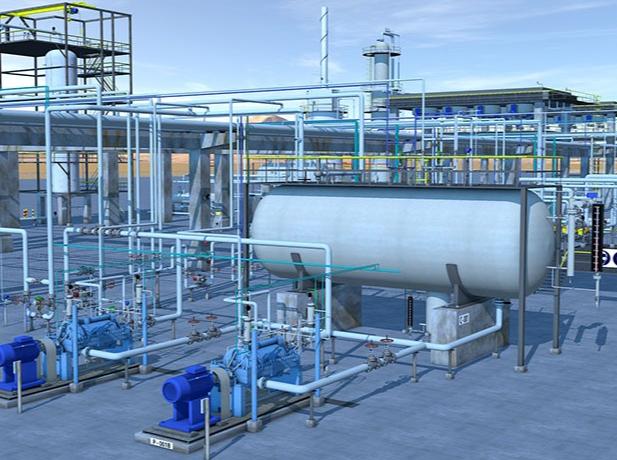
Part 5: Solution for Base Oil Refining Projects
When it comes to producing high-quality Group 1, Group 2, and Group 3 base oils, the technology in use is equally important as the processing equipment.
We at PurePath Company provide modern standards of lubricant and base oil refining, which is why we offer the core base oil refining steps as high efficiency custom designed units.
- Solvent Extraction plant: These advanced polyphasic separators maximize the recovery of potential Group 1 base oil in the dewaxing stage by removing polyaromatic hydrocarbons and much more.
- Hydrotreating Unit: Clients considering high-VI oils together with the decentralized version of the hydrotreating unit can take advantage of the integrated hydro dewaxing reactors. With the use of modern catalytic techniques, the color, sulfur, and viscosity index of oil can be improved simultaneously.
PurePath‘s engineering expertise to maximize yield and reduce energy expenditure with the highest global target specifications.
